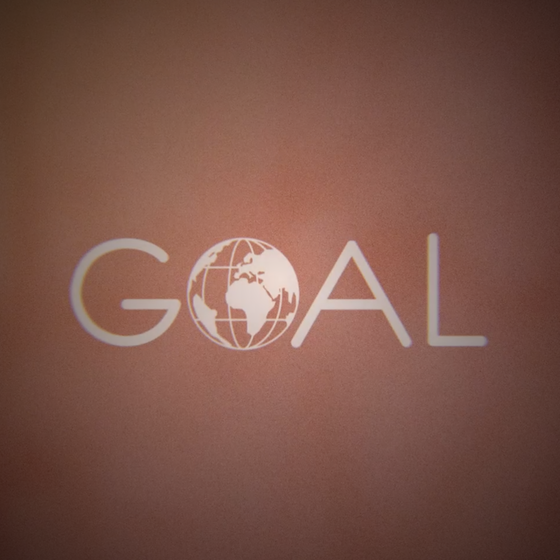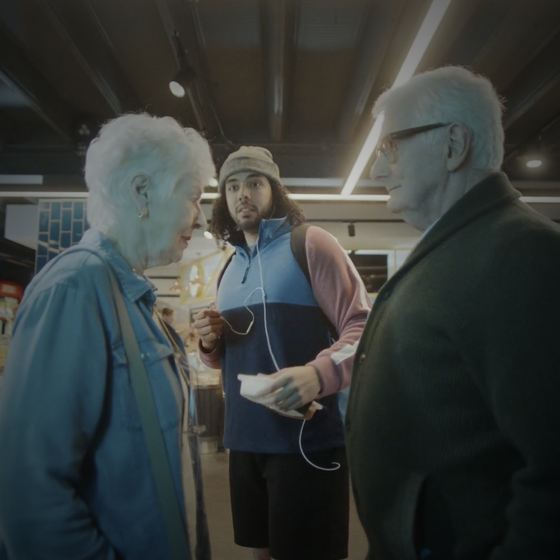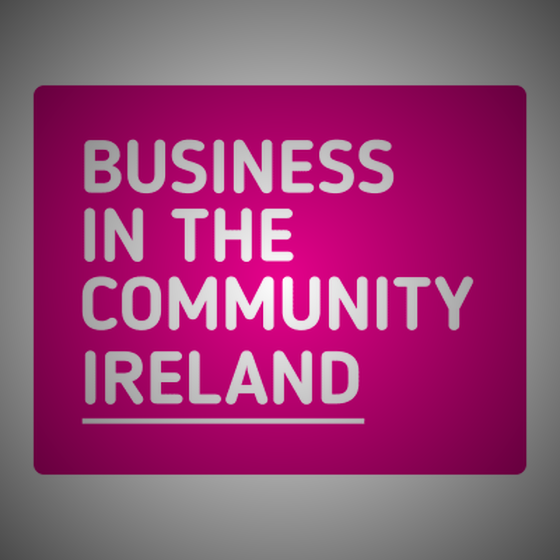The internet of things (IoT) offers a vast connection of physical objects to the internet. Recently I took part in an IoT workshop organised by IAPI which used Arduino, an open source technology which allows you to connect any object to the internet. We got some hands on experience in the basic coding of Arduino boards and found out how simple it was to connect a physical object to the web.
At the moment, devices connected to the online grid create a digital map so to speak, as IP addresses resemble homes in towns or villages. Mobile phones and tablets going about their daily business are like little dots travelling around on google maps. Imagine how bright and populated the online grid will light up when everyday physical objects, such as fridges, clothing and cars, are connected to produce a smart grid.
“There will be 26 billion devices on the internet of Things by 2020.” Gartner
The possibilities of this technology is daunting and exciting in equal measure.
IoT will revolutionise infrastructure management, energy consumption, medical and healthcare systems along with every other sector you can think of. For example in the not so distant future, IoT devices can enable remote health monitoring so you could feasibly receive a phonecall informing you that you are about to have a pulmonary embolism through a heart monitor. How amazing is that?
Comprised of people from all walks of the media and advertising world, the workshop attendees all had one thing in common – coding was a scary word. Case studies from around the world showed how simple it was to embrace IoT. This one stood out for me:
The examples certainly awoke the creativity in the room. The new technology will produce creative work that hasn’t been seen before. After all, originality is a creative director’s dream.
We began our practical work with Arduino boards. Our first task was to send a remote tweet from our twitter account. This involved our first experience with coding. The Arduino board could be placed in any physical object, large or small, household or outdoor connecting any physical object to the internet. A fridge running low could order directly to suppliers. I had to laugh, one of the girls suggested that on the 12 pubs of Christmas, she plans to have her friends tweet her Christmas jumper causing it to light up with LED’s.
After a short break, we used some coding to light up an LED light and to start a small motor. We started small but it was very inspiring. The most important thing we took out from the workshop was a recognition of the endless exciting and innovative possibilities of IoT technology. The future of advertising and media is about to get a whole lot smarter. Both clients and agencies will be watching closely.
Brian Gunning









